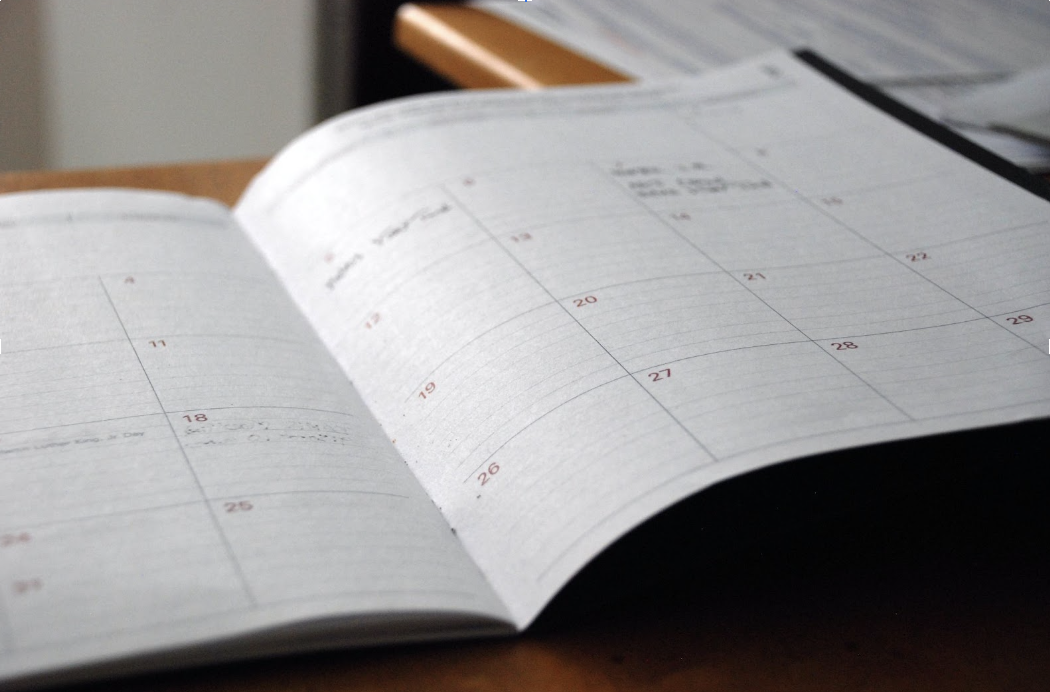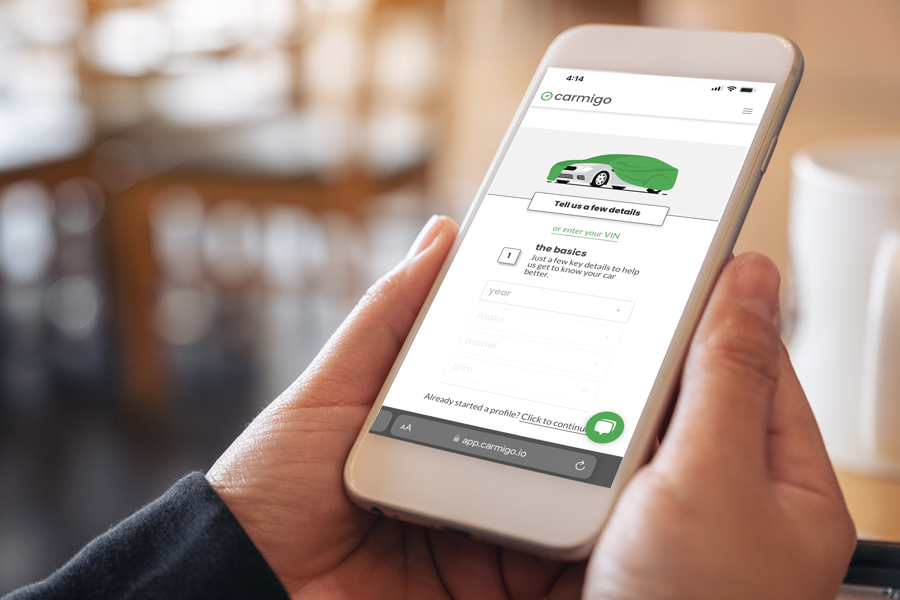If you're considering trading in your car for a new one, you're probably wondering how to get the most value for your current vehicle. After all, getting a good trade-in value can significantly reduce the cost of your new purchase. But how can you ensure that you're getting the best deal possible? In this blog post, we'll reveal some key strategies to help you get more for your trade-in. By following these tips, you'll be able to negotiate a better offer and boost your overall return.

Before stepping foot onto a car dealership lot, arm yourself with knowledge. Research the current market value of your vehicle by consulting reputable online resources, such as Kelley Blue Book or Edmunds. This will give you a realistic estimate of what your car is worth, taking into account factors like its age, mileage, condition, and any additional features.
There are several reputable online resources available that can provide you with valuable insights into the market value of your car. Websites like Kelley Blue Book and Edmunds offer comprehensive databases and tools to help you determine the fair market value of your vehicle based on various factors such as make, model, year, mileage, condition, and location. These resources can give you an estimate of what your car is worth in the current market.
While relying on a single online resource can provide you with a general idea, it’s always advisable to consult multiple sources to get a more accurate understanding of your car’s value. Each platform may have its own algorithms and methodologies for assessing vehicle worth, so cross-referencing the information will give you a better sense of the range in which your car’s value falls.
Remember that the estimated value provided by online resources is usually a starting point. To get a more accurate appraisal, take into account your vehicle’s specific condition and any additional features it may have. Be honest with yourself about your car’s condition, including any wear and tear, mechanical issues, or cosmetic damage. Adjust the estimated value accordingly to reflect the current state of your vehicle.
Apart from online resources, it’s also beneficial to explore local classified ads, online marketplaces, and dealership websites to see what similar vehicles are being listed for in your area. This will give you a sense of the local market demand and how your car compares to others currently available for sale.
If you’re unsure about the market value of your vehicle or find the research process overwhelming, consider consulting with a professional, such as an independent appraiser or a trusted mechanic. These experts can provide you with an objective assessment of your car’s value based on their experience and knowledge of the local market.

First impressions matter, especially when it comes to trade-ins. Take the time to give your car a thorough cleaning, both inside and out. Consider getting it professionally detailed to make it shine like new. Fix any minor cosmetic issues, such as scratches or dents, and replace worn-out parts like windshield wipers or burnt-out bulbs. These efforts will demonstrate that you’ve taken good care of your vehicle, increasing its perceived value.
Start by giving your car a deep clean, both inside and out. Remove all personal belongings, vacuum the interior, and wipe down surfaces. Pay attention to details like cleaning the windows, polishing the dashboard, and shining the door handles. A clean and well-maintained car gives the impression that it has been taken care of, increasing its value.
If you want to go the extra mile, consider getting your car professionally detailed. Detailing involves a meticulous cleaning and restoration process that can remove stains, eliminate odors, and restore the vehicle’s shine. A professionally detailed car will look like new, which can have a significant impact on its perceived value.
Address any minor cosmetic issues that may detract from your car’s overall appeal. Repair small scratches or dents using touch-up paint or consider consulting a professional for more extensive repairs. Replace any missing or damaged emblems, moldings, or trim pieces. Paying attention to these details shows that you have taken care of your vehicle and increases its aesthetic appeal.
Over time, headlights can become cloudy or yellowed, reducing their effectiveness and giving a worn-out appearance to the car. You can purchase a headlight restoration kit or consult a professional to restore the headlights to their original clarity. Clear and bright headlights not only improve safety but also enhance the overall look of the vehicle.
If your car has worn-out or unattractive wheels, consider upgrading them to improve its appearance. A new set of stylish wheels can make a significant difference in how your vehicle is perceived. Ensure that the new wheels are appropriate for your car’s make and model, and consider choosing a size and style that is popular and visually appealing.
Take a look at your car’s components and replace any worn-out parts that could negatively impact its appeal. For example, replace old windshield wipers, burnt-out bulbs, or cracked side mirrors. These small repairs show attention to detail and give the impression that your car is in good condition.

Having a well-documented history of regular maintenance and repairs can make a significant difference in the trade-in value. Gather all the service records, receipts, and any warranties related to your car’s maintenance. These records can provide proof that you’ve been diligent in taking care of your vehicle and can justify a higher trade-in value.
Start by collecting all relevant maintenance and service documents, such as receipts, invoices, and service reports. Organize them chronologically or categorically to make them easily accessible and presentable when needed.
Reach out to the authorized dealerships, independent mechanics, or service centers where you have had your vehicle serviced. Request copies of any missing records. They should be able to provide you with the necessary documents based on your vehicle’s identification number (VIN) or your personal information.
In addition to maintenance and repair records, include any warranties, extended service plans, or recall-related documents. These can further bolster the perception of the vehicle’s reliability and value.
If you have performed any do-it-yourself (DIY) maintenance or repairs, make a note of it and provide relevant information. While DIY work might not carry the same weight as professional servicing, it still demonstrates your commitment to maintaining the vehicle.

Timing can play a crucial role in getting more for your trade-in. Try to schedule your visit to the dealership during periods when demand for used cars is high, such as spring or summer, as dealerships may be more willing to offer competitive prices. Additionally, keep an eye on any manufacturer or dealership incentives or promotions that can boost the value of your trade-in.
Car buying trends often follow seasonal patterns. Typically, demand for used cars tends to be higher in the spring and summer months when people are more inclined to make purchases and embark on road trips. During these times, dealerships may be more willing to offer competitive trade-in values to meet customer demand. Therefore, if possible, plan your trade-in around these seasons to increase your chances of getting a better deal.
Car manufacturers typically release new models in specific periods throughout the year. When a new model is introduced, dealerships may be more motivated to clear out inventory and make space for the latest arrivals. This situation can work to your advantage when trading in your vehicle. By timing your trade-in to coincide with a new model release, you may be able to negotiate a higher trade-in value as dealerships seek to increase their used car inventory.
Keep an eye on economic conditions that can influence car sales and trade-in values. Factors such as interest rates, fuel prices, and consumer confidence can impact the demand for used cars. During periods of economic uncertainty or high fuel prices, consumers may lean towards purchasing used vehicles, driving up demand and potentially increasing trade-in values. Stay informed about market trends and economic indicators to identify favorable conditions for trading in your car.
Stay informed about manufacturer or dealership incentives and promotions that can boost the value of your trade-in. Dealerships may offer special trade-in bonuses or discounts during specific periods to attract customers. These incentives can help you secure a better trade-in value or offset the cost of your new purchase. Research current offers and speak with dealerships to understand any ongoing promotions that may benefit you.

To ensure you’re getting the best possible offer, don’t settle for the first trade-in appraisal you receive. Take your vehicle to multiple dealerships or independent appraisers and get their evaluations. This will give you a range of offers to compare and negotiate with. Remember, the trade-in value is not set in stone, and you have the power to negotiate for a better deal.
Identify several reputable dealerships in your area that accept trade-ins. Consider both new car dealerships and used car dealerships, as they may have different approaches and pricing strategies for trade-ins.
Call each dealership and schedule an appointment specifically for a trade-in appraisal. Inform them that you’re actively comparing offers from different dealerships to encourage their best evaluation.
When you arrive for the appraisal, ensure that your vehicle is clean, inside and out. Provide all the necessary documents, including the title, maintenance records, and any warranties. This will help the appraiser make a more accurate assessment of your car’s condition and history.
Request a written trade-in offer from each dealership. Having the offers in writing allows you to compare them side by side and refer back to them during negotiations.
Once you have all the written offers, carefully review them, taking note of any significant differences. If there’s a notable variation in value, you can use it as leverage to negotiate with the other dealerships. Approach each dealership and let them know that you have received higher offers and ask if they can improve their trade-in value.

When it comes to getting more value for your vehicle, trading it in at a dealership isn’t your only option. An alternative worth exploring is using Carmigo, a convenient online platform that connects car sellers with potential buyers. This approach empowers you to sell your car at a fair value and achieve a better return compared to trading it in at a dealership. Selling on Carmigo takes less than 15 minutes and can be accomplished in a few easy steps. First answer a few questions about your vehicle and provide information like your VIN, mileage, etc. Then, snap a few pictures and set your asking price to list on the marketplace. Finally, sit back and relax as the offers roll in. Once your vehicle sells, Carmigo will pick it up and handle the payment.